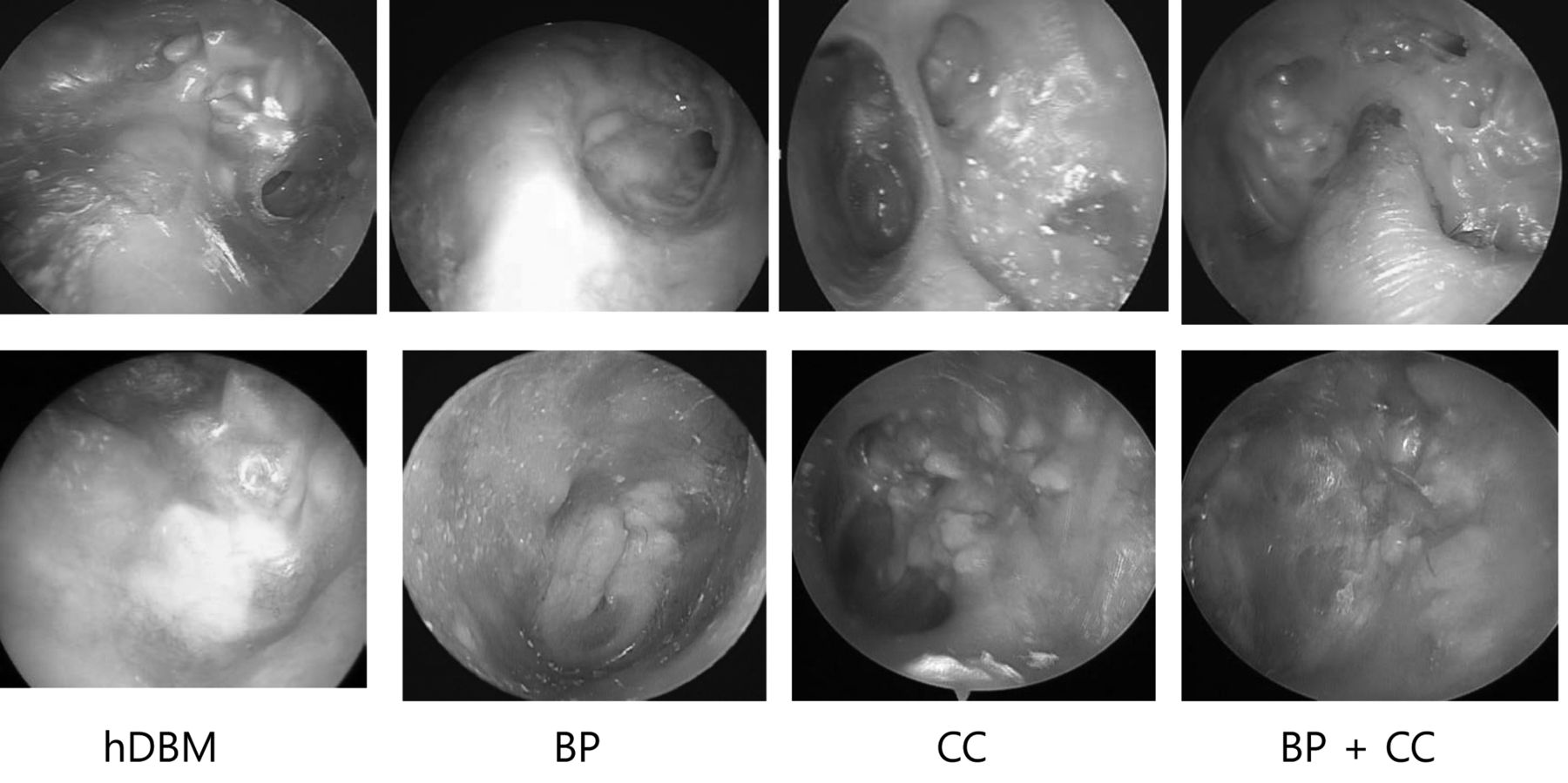
Therefore, the aim of this study is to evaluate the surgical results of revision surgery for chronically discharging mastoid cavities and to compare the non-obliteration approach to mastoid obliteration with posterior canal wall reconstruction.Ī retrospective cohort study was performed at our department with approval of the medical research ethical committee. As these different approaches were performed by the same otologic surgeons, this cohort lends well for comparison of the surgical outcome of the two techniques. In our tertiary referral center, obliteration of the mastoid with posterior canal wall reconstruction for the management of chronically discharging mastoid bowls was introduced in 2013 and gradually replaced the revision canal wall down mastoidectomy without obliteration and canal wall reconstruction. Therefore, it would be interesting to compare the two surgical techniques with regards to the postoperative dry ear rate, complications and postoperative hearing. While the aforementioned studies have reported results using either obliteration or non-obliteration techniques alone, there is to our knowledge no study that compares mastoid obliteration with canal wall reconstruction to non-obliteration surgery in the management of chronically discharging mastoid cavities. The main goal of these interventions is to achieve the highest possible postoperative long-term dry ear rate. Several surgical techniques have been described in the management of the chronically discharging mastoid cavity, including revision canal wall down mastoidectomy with or without mastoid obliteration and with or without reconstruction of the posterior canal wall. In such cases, surgical revision may be necessary to achieve a stable ear. However, in a small portion of patients, intensive topical treatment does not lead to disease control. Discharging mastoid bowls are usually successfully controlled by frequent maintenance cleaning and topical therapy. Reasons for surgical failure after CWD surgery include residual infected mastoid air cells, large mastoid cavities, high facial ridge, bony overhang in the mastoid cavity, tympanic membrane perforations, narrow meatus and cholesteatoma. Although the recurrent and residual cholesteatoma rates after CWD without obliteration are lower compared to CWU without obliteration, the CWD technique carries several disadvantages caused by the loss of self-cleaning capacity of the ear such as chronical discharge and infection of the persistent mastoid bowl, need for regular maintenance cleaning at the outpatient clinic, caloric-induced dizziness after temperature or pressure changes, the need for precautionary water avoidance measures and difficulty to fit hearing aids. While obliteration techniques in the surgical management of cholesteatoma gain popularity, cholesteatoma surgery is still often performed using the traditional canal wall up (CWU) or canal wall down (CWD) approach without obliteration. We found no differences in audiological outcome and in incidence of complications between the two techniques. In the obliteration group, a dry ear was achieved in 96.4% as this was 73.9% in the non-obliteration group. We show that in our study population revision CWD surgery with mastoid obliteration and posterior canal wall reconstruction is superior to revision CWD surgery without mastoid obliteration in the management of chronically discharging mastoid cavities.

There were no differences in audiological outcome and incidence of complications between the two techniques.

The dry ear rate at the most recent outpatient clinic visit (median 28.0 months postoperative) was significantly higher in the obliteration group with 96.4% compared to 73.9% for the non-obliteration group ( p = .002). Resultsħ9 ears were included 56 ears received revision CWD with mastoid obliteration and posterior canal wall reconstruction and 23 ears received CWD without mastoid obliteration. Primary outcome measures included the dry ear rate, complications and postoperative hearing. All adult patients (≥ 18 years) who underwent revision surgery for chronically draining mastoid cavities between January 2013 and January 2020 were included. To evaluate the surgical results of revision canal wall down (CWD) surgery for chronically discharging mastoid cavities and to compare the non-obliteration approach to mastoid obliteration with canal wall reconstruction.


 0 kommentar(er)
0 kommentar(er)
